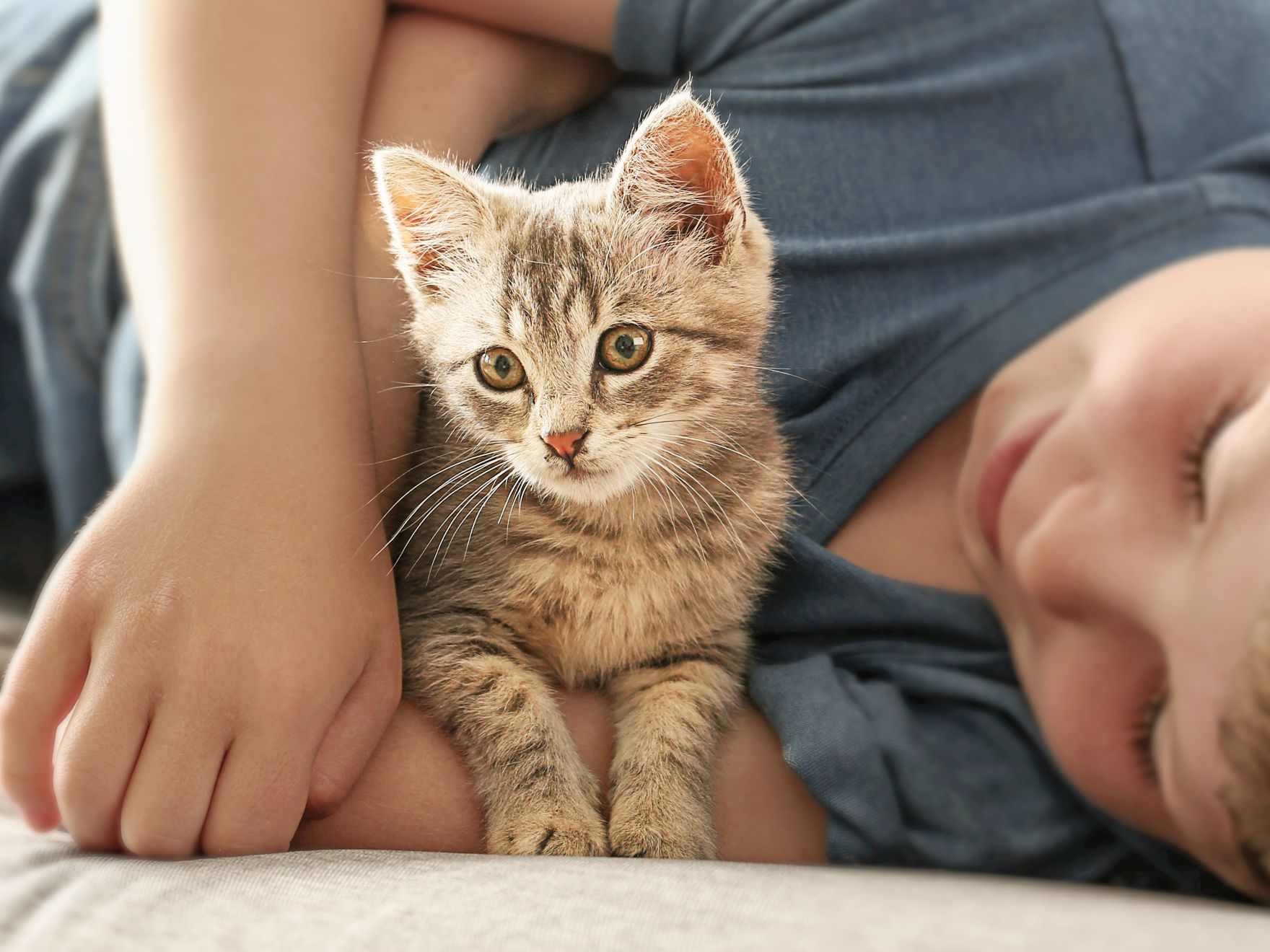Introducing your kitten to adults, children and pets


Gradual introductions
Watch their body language
Let your kitten approach them
Stay calm
Don’t rush it
Be gentle

Let your kitten rest
Your kitten’s not yet able to avoid children when they need some quiet time. So make sure children know to let your kitten rest and never wake them because sleep is vital for their development.
Teach careful handling
Show children how to stroke your kitten and pick them up by sliding one hand under their tummy and supporting their rear end with the other. Initially, it’s best if they don’t pick the kitten up though. And ensure that, when they do, they don’t hug them too tightly.
Insist on quiet calmness
Ask children to sit quietly and wait for your kitten to come to them. Explain that lively or noisy behaviour can make kittens very frightened.
Careful playing
Children must understand that your kitten is not a toy. Show them how to play safely using the kitten's toys so everyone enjoys it.
Keep watch
To avoid unfortunate scratches, it's best to always supervise young children with kittens.

